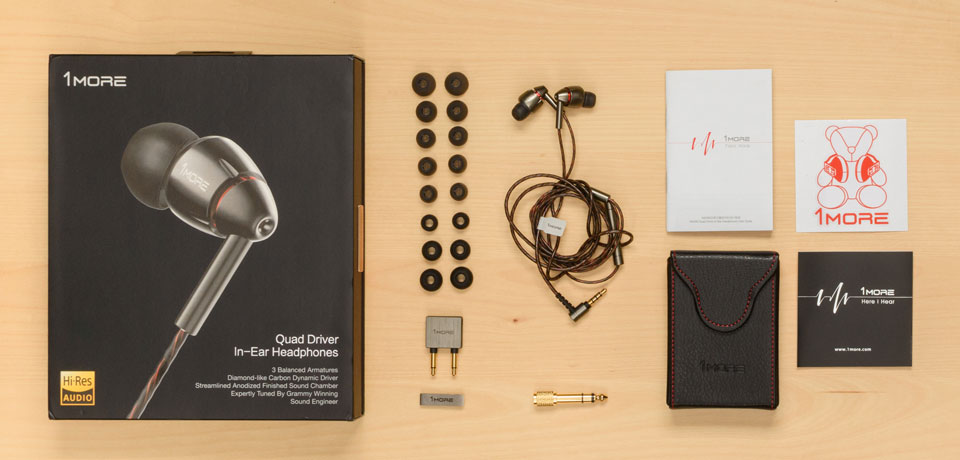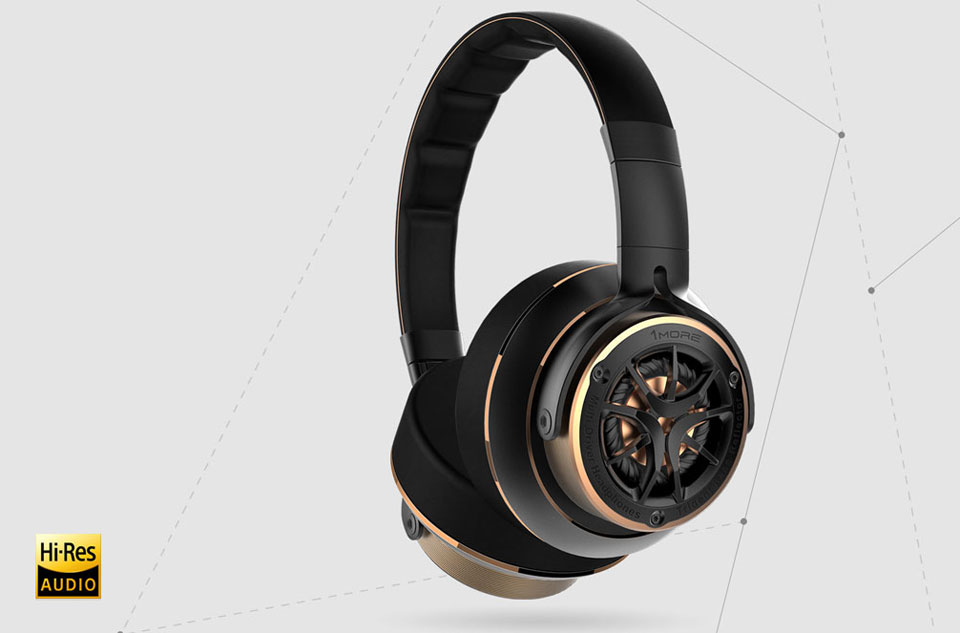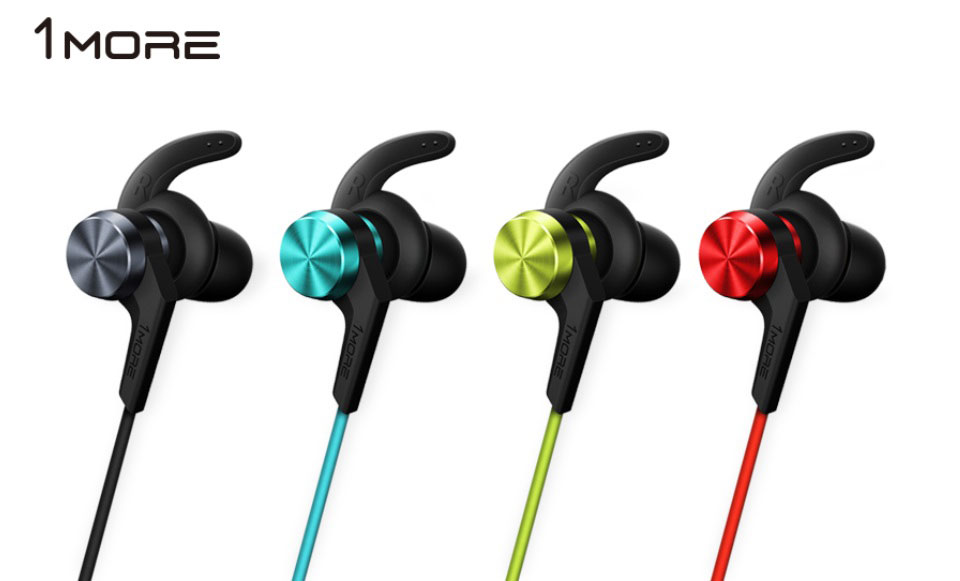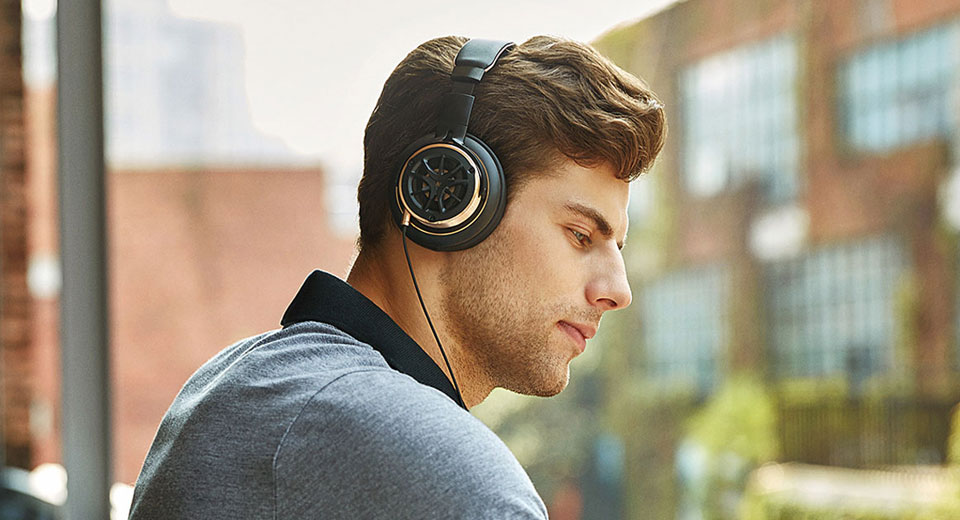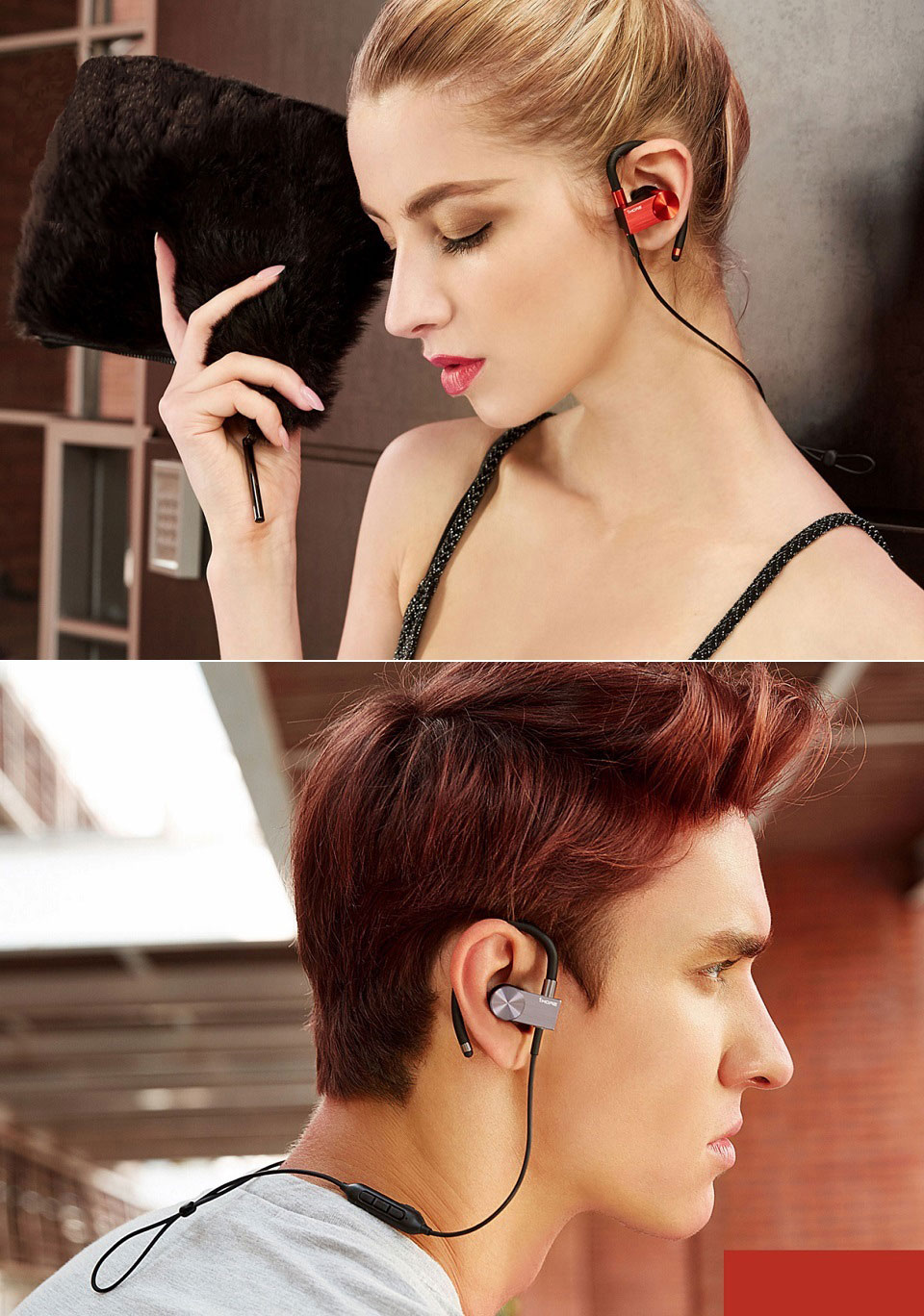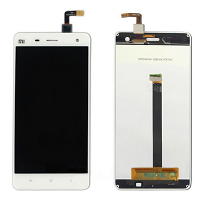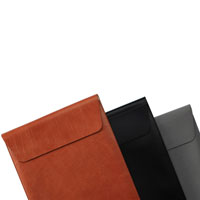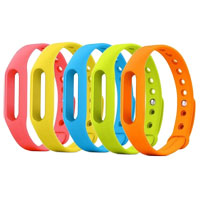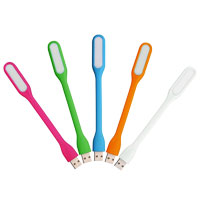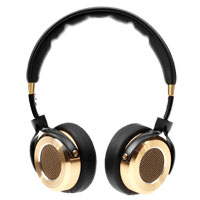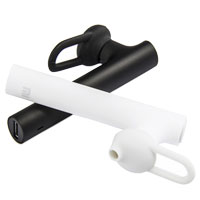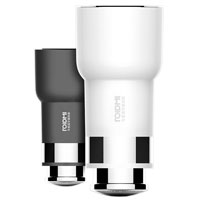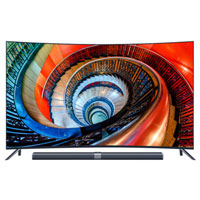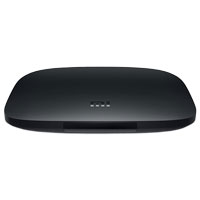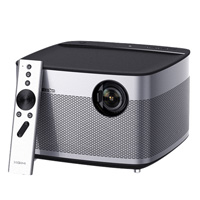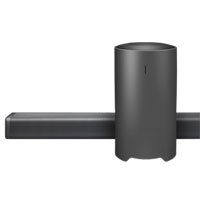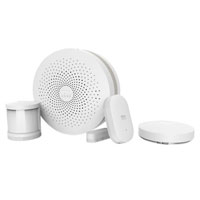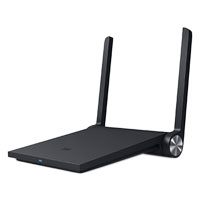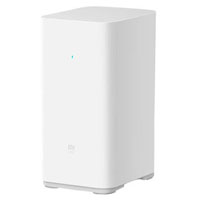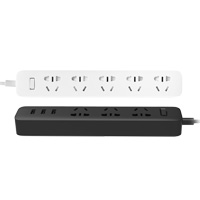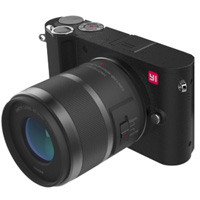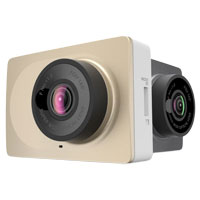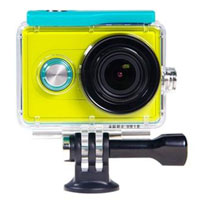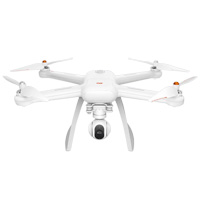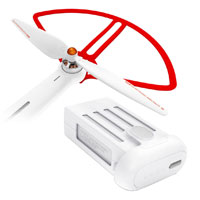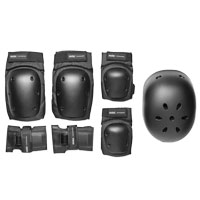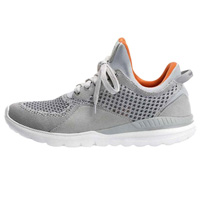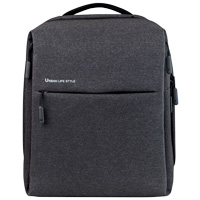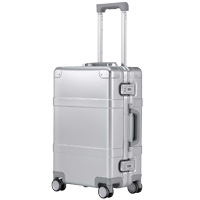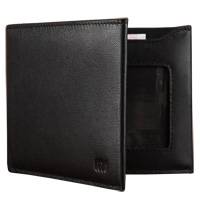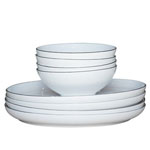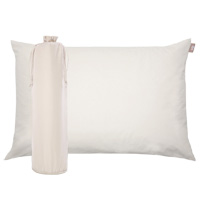Headphones are personal audio devices and are used for various purposes. They allow you to be separated from the world and enjoy sounds and words that you hear only. Depending on the type of use, the headphones can be household, portable, intended for sound monitoring or recording. What do you know about headphones and peculiarities of sound transmission? In this article some important facts to help you choose the right headphones.
Headphone Fit
- In-ear monitors (IEMs) and earbuds
- Over-ear
- On-ear
In-ear monitors (or IEMs) are headphones that fit snugly inside each ear canal. The majority of sports headphones fall into this category. Most models include foam or rubber tips in multiple sizes to fit different ears, which create a secure fit, so they stay put while exercising or moving about. Some professional-grade models can be precisely molded to fit your ear canals. In-ear monitors are excellent for passive noise isolation, and higher-end models deliver sound quality that rivals larger headphones.
Earbuds, on the other hand, feature small drivers that rest on the ridge of your outer ear. They usually deliver lesser fidelity and isolation than other types of headphones, but at a highly affordable price. These are the headphones that come with many portable music devices; higher-quality earbuds or in-ear monitors can be an inexpensive upgrade.
Shop in-ear and earbud headphones
Over-ear аlso known as „around-ear” or „full-size” headphones, over-ear headphones have cushioned earcups that enclose the ears. Usually considered the best headphones for sound quality, most over-ear models also do a good job of isolating the user from outside sound. This feature is sometimes called „passive noise reduction.”
On-ear headphones are similar in design to over-ear models, though the cushions sit on the outer ear rather than enclosing the ears. Generally, on-ear models deliver good sound quality, but with less bass response than over-ear models. When you are wearing on-ear headphones, you can still hear outside sounds, and others nearby might be able to hear your music.
Headphones by kinds of headphone driver
- Dynamic
- Planar magnetic
- Electrostatic
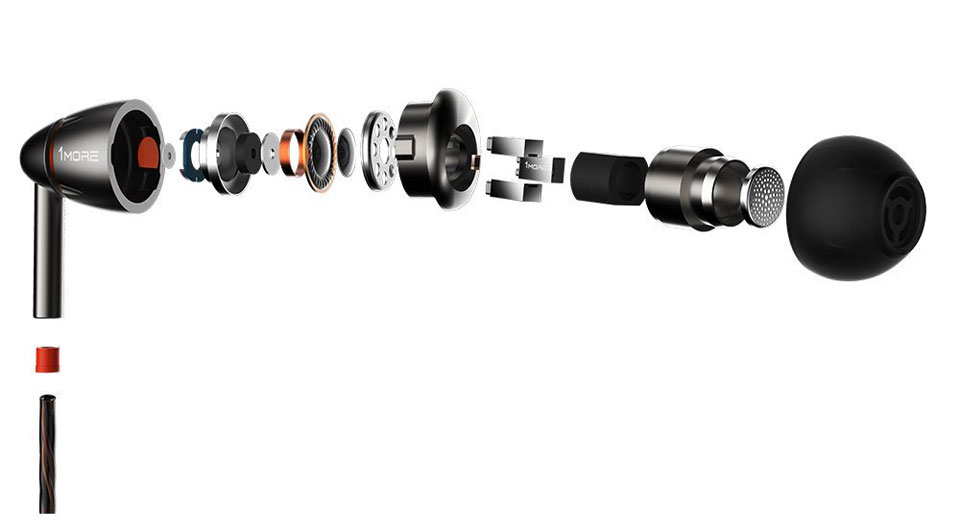
Dynamic headphones is the most common style for now in this category, its principle is similar to the usual hi-fi speakers or portable speaker. They’re also known as moving coil drivers and are the headphone equivalent of the full-size drivers you probably have. the signal is sent through a coil of ultra-thin wire, creating a magnetic field that reacts with a magnet that it’s set into. It’s an electromagnetic relationship, in physics terms.
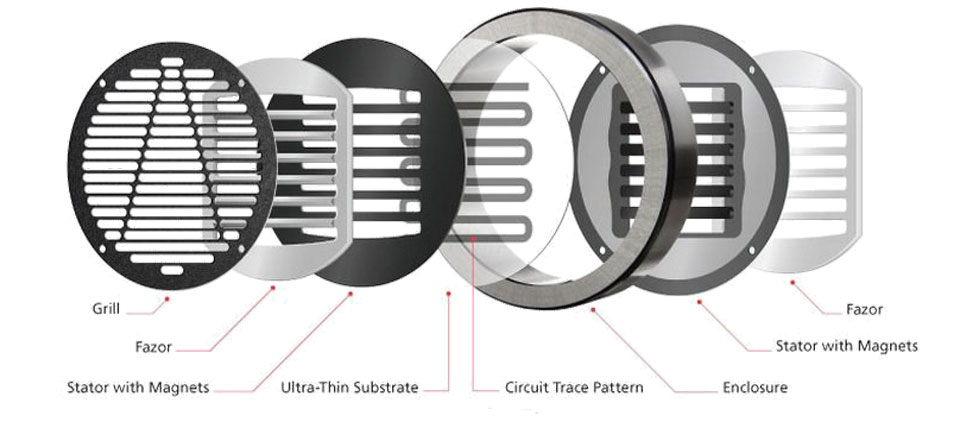
Planar magnetic headphones are much less common than the dynamic kind.
These headphones work on a similar principle to dynamic driver headphones: using the interaction of two magnetic fields to cause motion. However, instead of moving the voice coil, pulling the diaphragm in and out from one ring within the driver, here the charged part is spread across the driver, which is a thin, largely flat film.
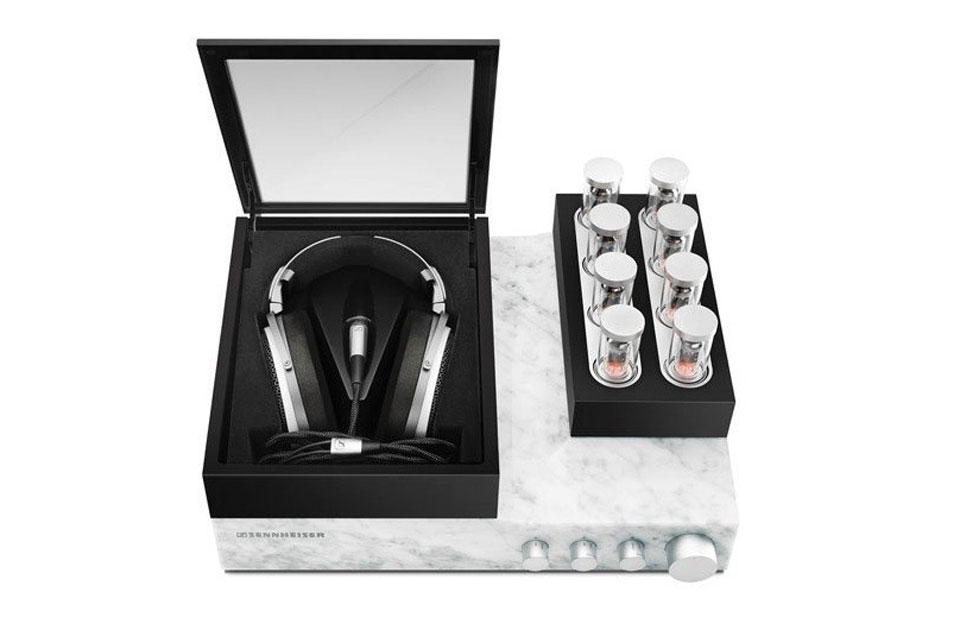
Electrostatic headphones.
The other two kinds of headphone use middle-men metal conductors to move the driver diaphragm. But here it’s the diaphragm itself that moves directly.
It’s a very thin sheet of electrically charged material, usually made from mylar and just a few microns thick, that sits between two conductive plates. One is positively charged, the other negatively charged. The whole sheet can then be pushed towards either plate, causing the vibration we need to create those sound waves.
You’ll find this kind of driver in some full-size hi-fi speakers too. They’ll generally be paired with a more traditional dynamic driver in its own cabinet to handle the bass, though
Wired vs. Wireless
Headphones can be wired or wireless
- Wired headphones
- True wireless
- Neck-sitting
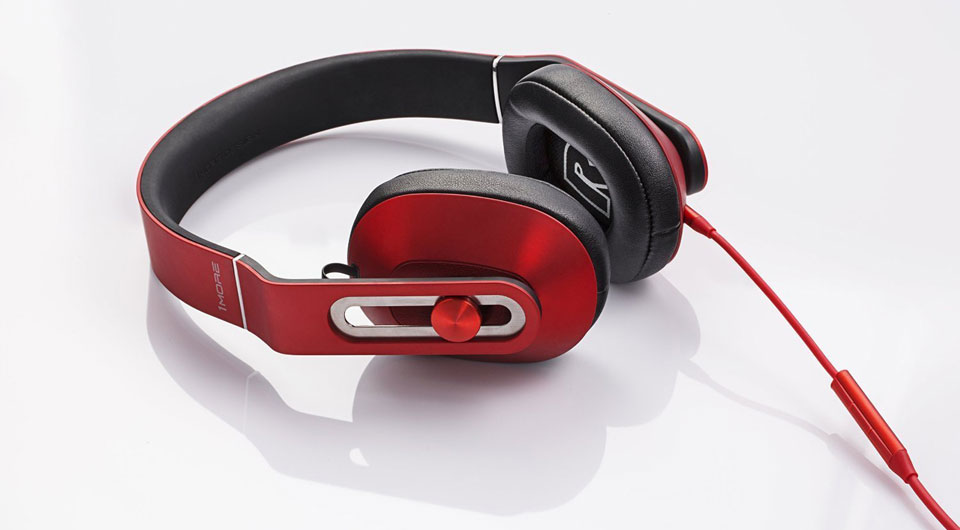
Wires are connected to the signal source by wire, while the wire is used as an antenna.
Wireless headphones come in a wide array of styles and form factors from over-ear to on-ear to in-ear. They are great for sports and outdoor uses since they don’t require you to connect to a music player using wires. Instead, wireless technology connects the headphones to your music player, giving you freer movement and fewer tangles.
Most wireless headphones use Bluetooth, a technology that digitally encodes audio and transmits sound wirelessly over short distances.
The absence of any wires in the headphones is quite convenient, but according to experts, these headphones cannot transmit the entire sound range and play far from perfect, but they are very suitable for sports!
Which wires are better for headphones?
For the most part, the headphones are made of copper. They are divided into four classes:
- TPC (electrolytic copper): 99.5%
- OFC (non-oxygen copper): purity 99.995%
LC-OFC (linear crystalline oxygen-free copper or crystalline oxygen-free copper): purity 99.995% or more- OCC (monocrystalline oxygen bronze): highest purity, over 99.996%.

Special Headphones Features
- Noise canceling
- Water-resistant headphones
- Voice assistants
- Bone conduction
- Microphones and controls
- Volume limiting
- Biometric
The 1More company can offer almost all types of headphones, except perhaps electret. The company’s products allow you to pick up any headphones — from ordinary „pistons” to studios. You can listen and enjoy the products of the 1More company from the representative of the company — the NIS store.
